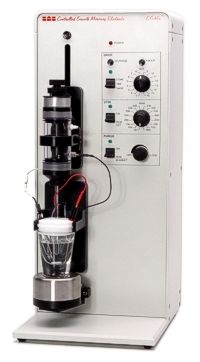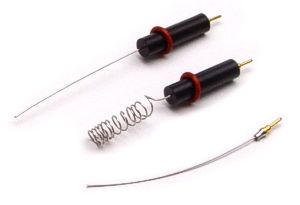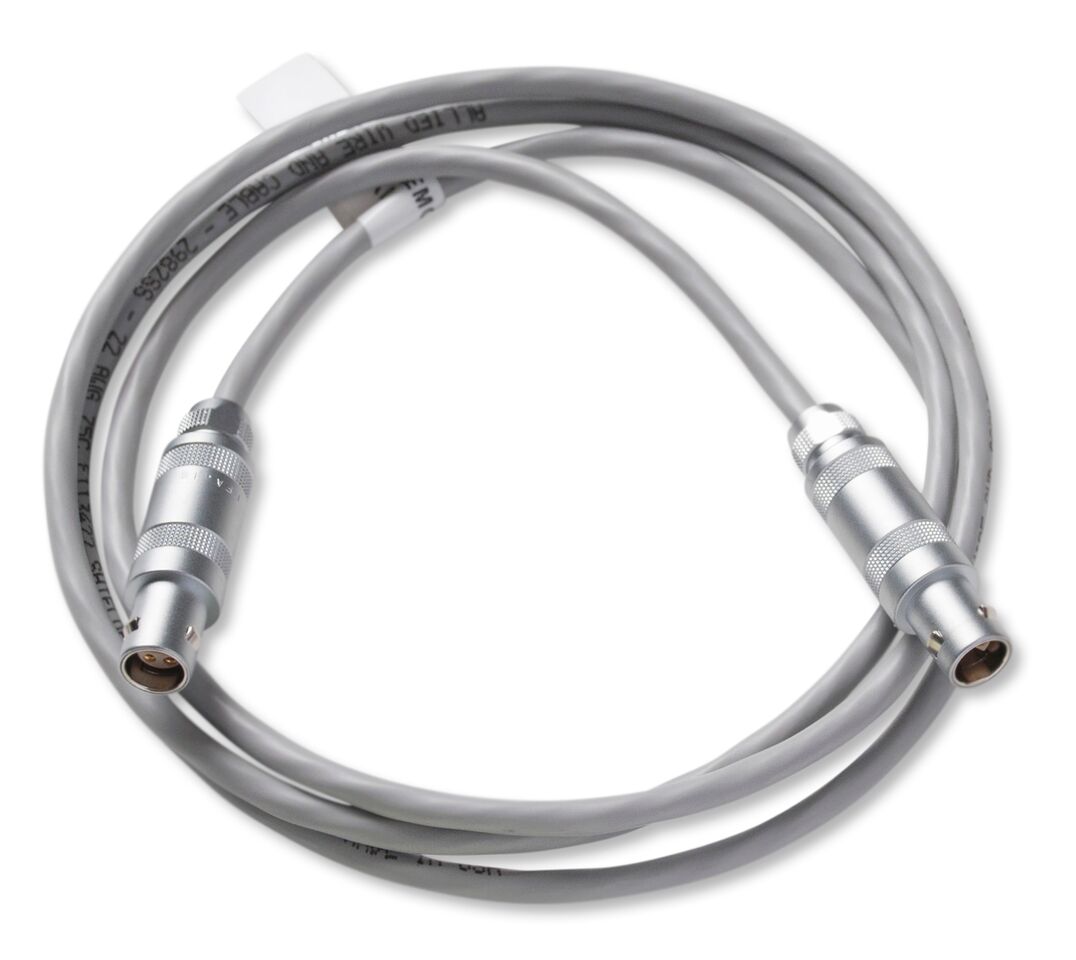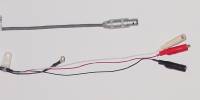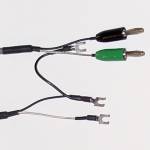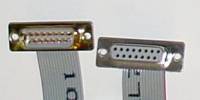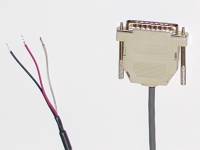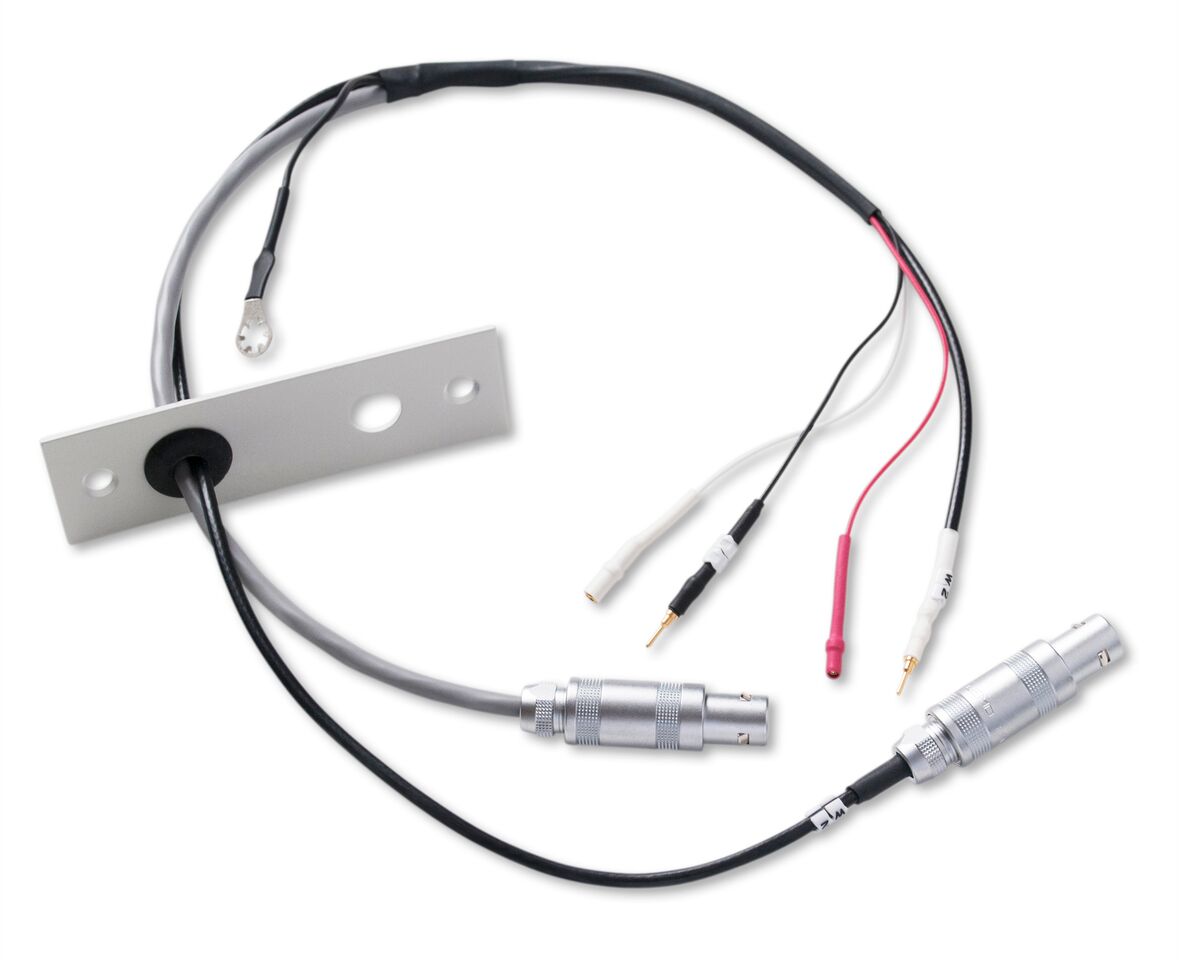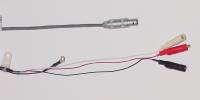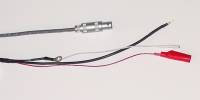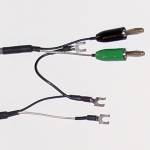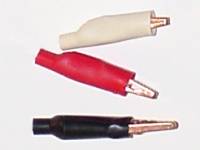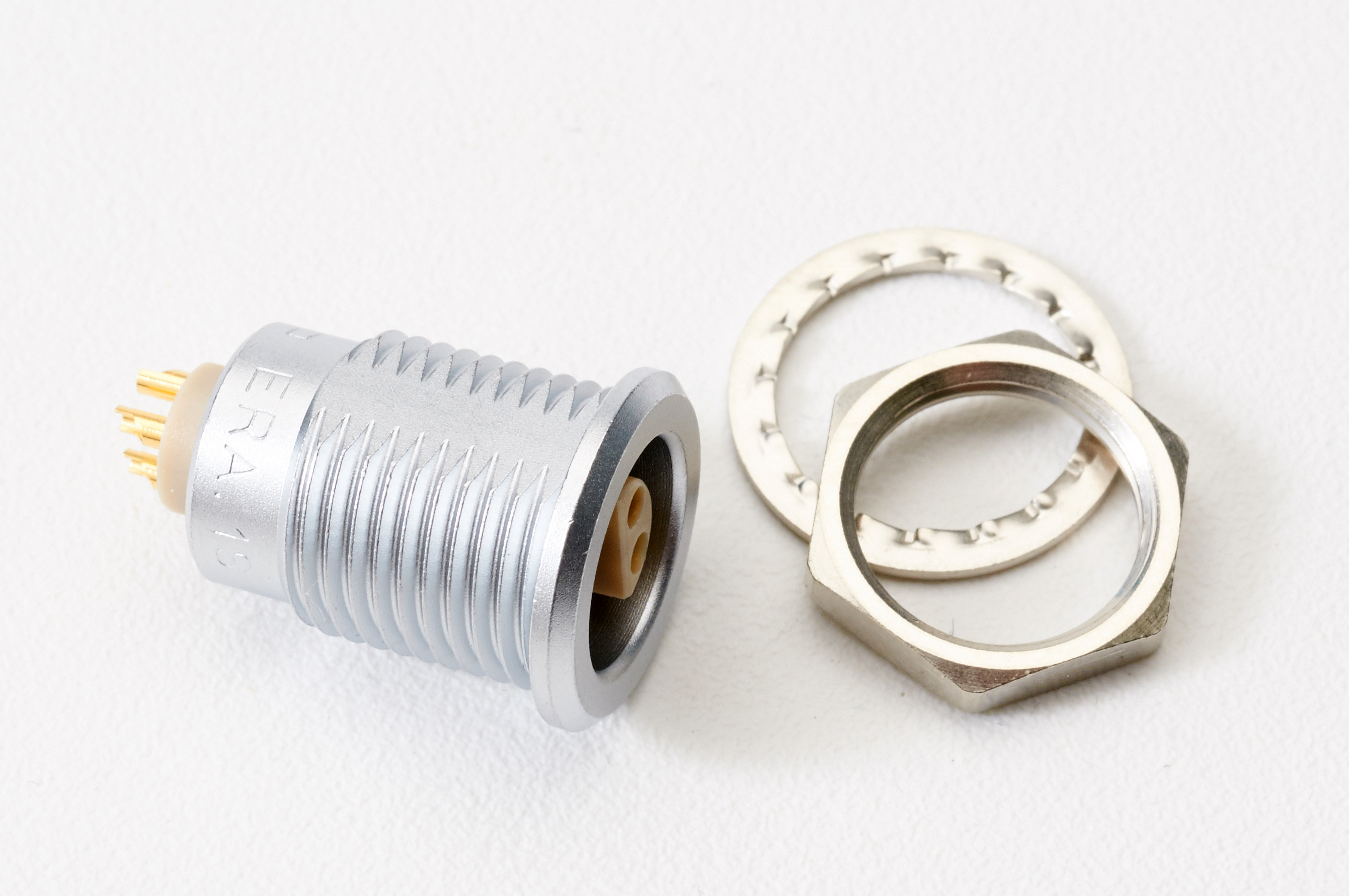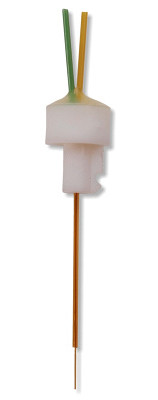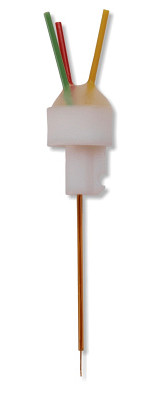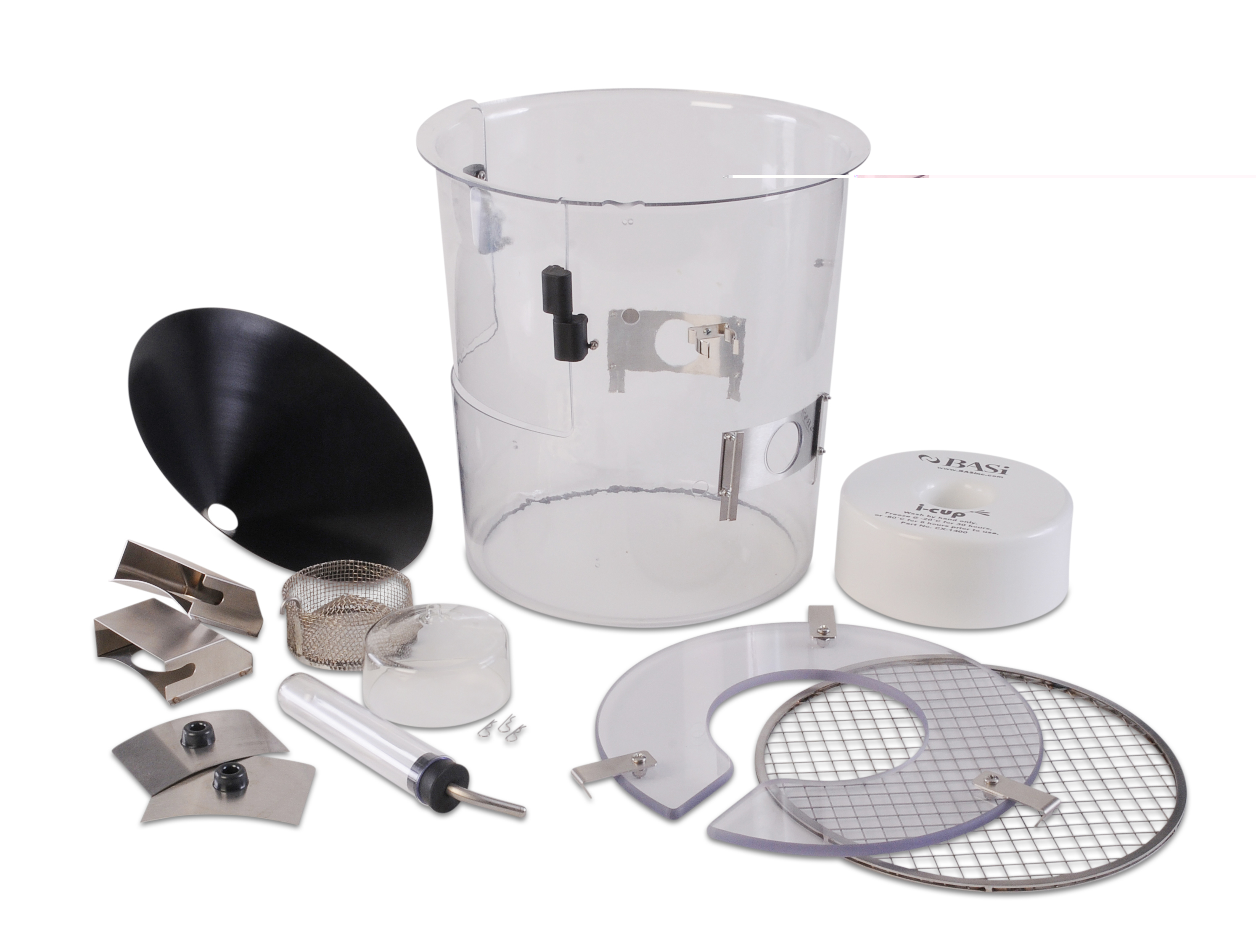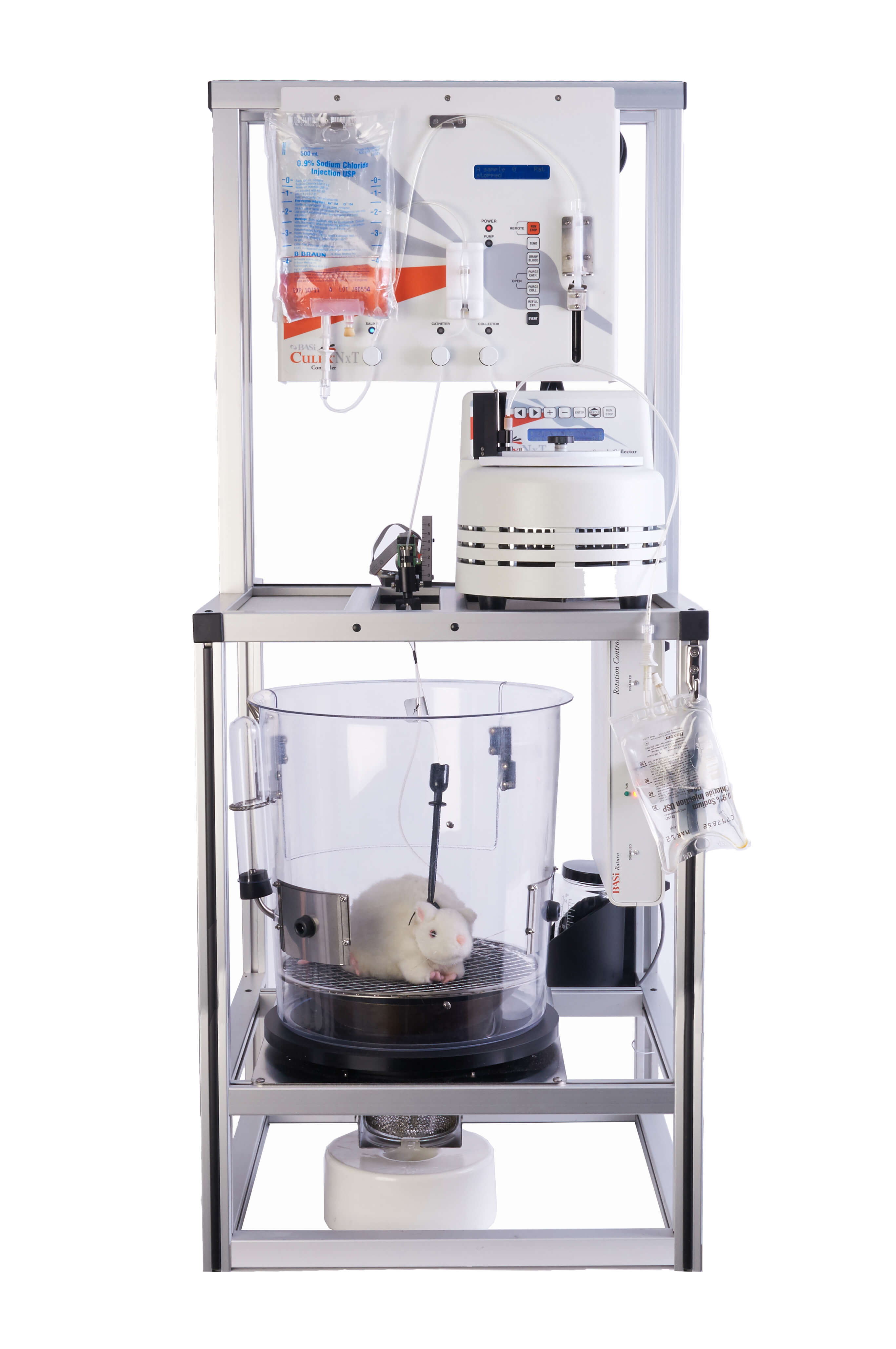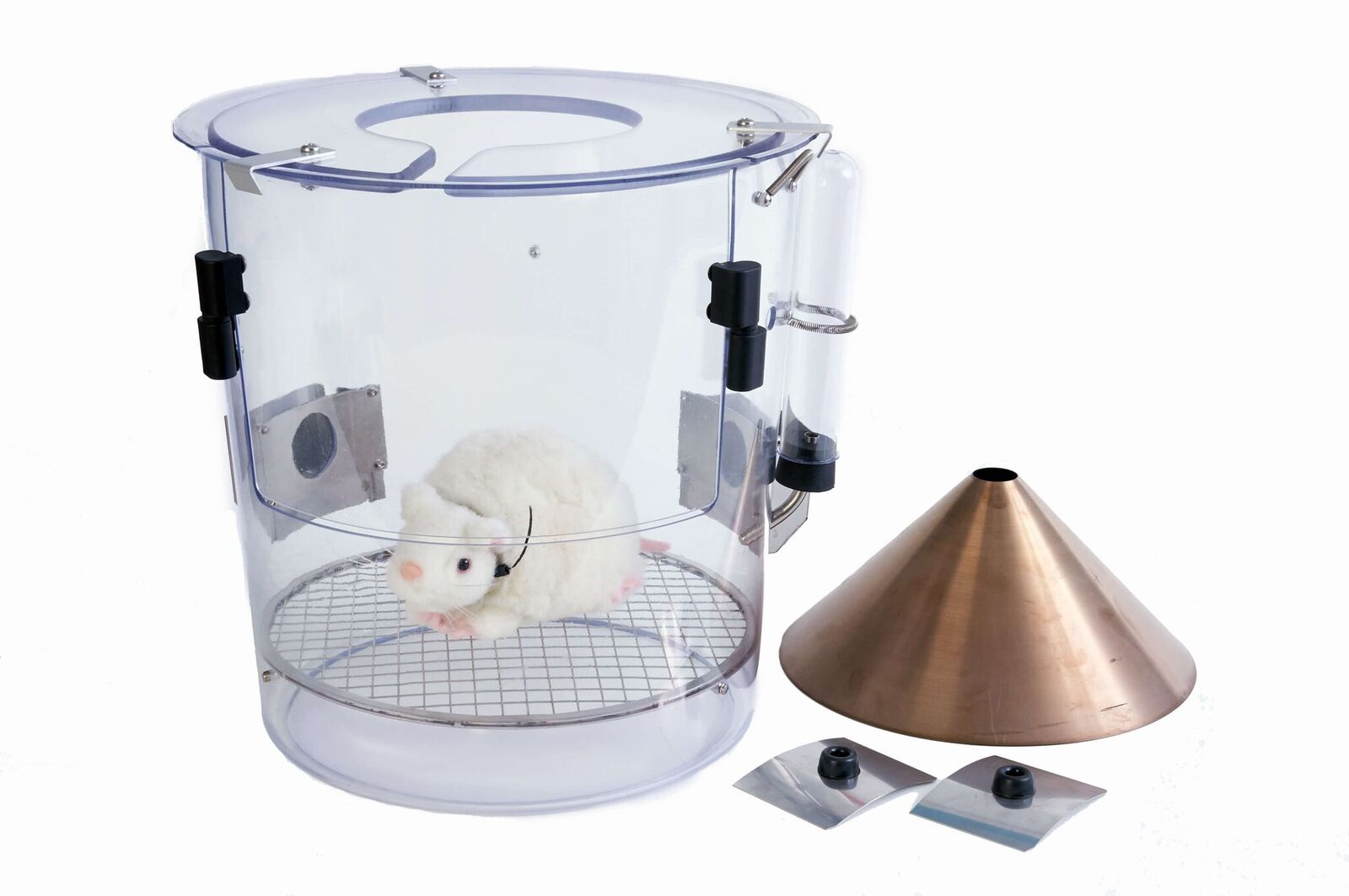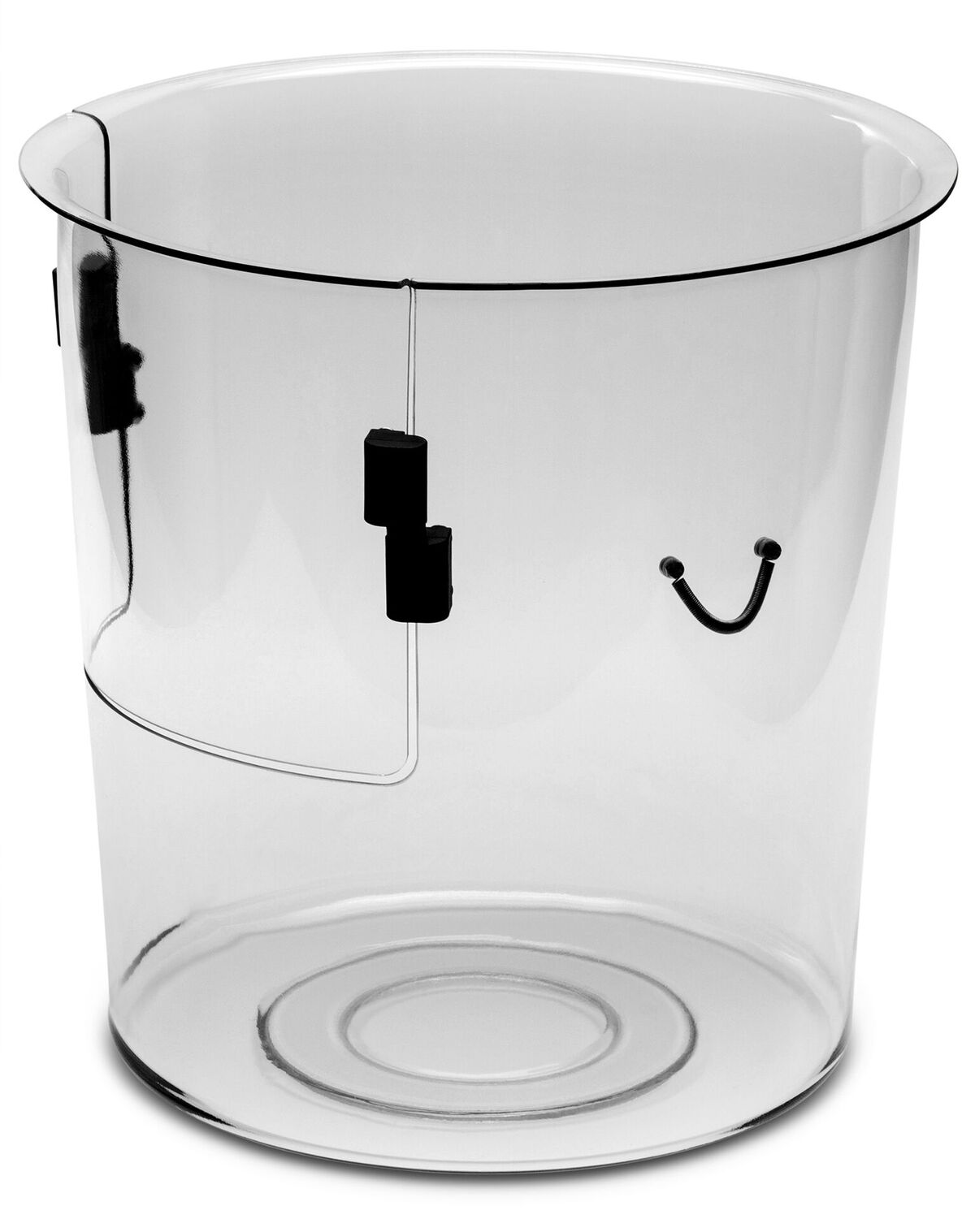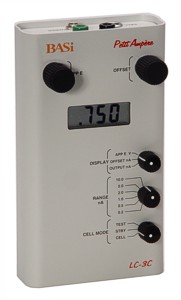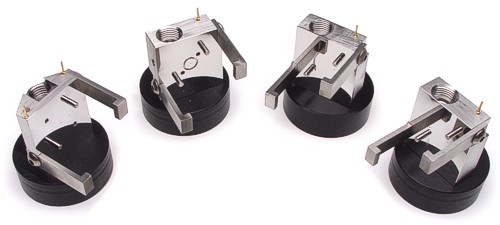EC Epsilon EClipse™
The Epsilon EClipse™ is the latest electrochemical analyzer manufactured by BASi. It is a potentiostat/galvanostat with a second working electrode for bipotentiostat measurements. It comes with software that enables the most popular electrochemical techniques such as cyclic voltammetry, chronoamperometry, and chronopotentiometry (select Techniques below for a more complete list). The Basic Plus software can be purchased to enable pulsed voltammetry and stripping voltammetry techniques.
Features
Potentiostat, galvanostat, and potentiometer
Bi-potentiostat option
Multiple document Windows interface
USB connection
Optically isolated circuitry for noise reduction
Analog filtering
Moving average digital smoothing
Positive feedback iR compensation with circuit stability testing
Internal dummy cells for hardware test
Remote control of BASi® cell stands (CGME, C-3 Cell Stand, RDE-2)
Multiple experimental runs
File subtraction
Multiple text data file formats, including DigiSim
Peak finding routines (auto and manual)
File overlay
Anson plot (Q vs. t1/2) for chronocoulometry
Cottrell plot (i vs. t-1/2) for chronamperometry
Initiate potentiostat at open circuit potential
50/60 Hz selection for noise minimization
IUPAC or polarographic axis convention
Wide current range - microelectrode to small-scale electrosynthesis
Specifications
Potentiostat
Channel 1 applied potential: Dynamic DAC: 16 bit, ±3.275 V @ 0.1 mV resolution or ±10 V @ 0.33 mV resolution.
Offset DAC: 8 bit, ±2.55 V @ 10 mV resolution
Channel 2 applied potential: Dynamic DAC: 8 bit, ±2.55 V @ 10 mV resolution
Compliance voltage: ±12 V
Maximum current: 100 mA
Bandwidth: > 100 kHz
Bias current: < 1pA
Electrometer input impedance: > 1012W
(values for parameters other than applied potential are for both channels)
Current-to-voltage converter
Full scale sensitivity: 1 nA*, 10 nA*, 100 nA, 1 µA, 10 µA, 100 µA, 1 mA, 10 mA,100 mA, (*secondary gain used)
Secondary gain: x1, x10, and x100
ADC resolution: 16 bit
Sampling rate: 50 kHz (20 µs/conversion)
Data length: up to 64k points - fast
Galvanostat
Applied current: 50 pA - 50 mA
Range: ±10 V, ± 1 V
Measured potential resolution: 0.02 mV
Max leakage current: 30 pA
I/O
Eout (applied potential)
Iout (current to voltage output)
Ein (input connection for external applied wave form)
Cell Stand port (control of C-3 Cell Stand and CGME)
Accessories Port (control of RDE-2)
PC (USB) port
Trigger out (TTL)
Minimum PC requirements:
Win 7 or higher
Pentium III
512 MB RAM
50 MB hard drive space available
USB port
Power requirements:
120 or 240 VAC, 50/60 Hz, 60 VA
Dimensions & weight
15.75" (40 cm) x 5.25" (13 cm) x 12.75" (32.5 cm)
17.5 lb (7.4 kg) (1 channel)
Electrochemical Techniques - Basic
Cyclic Voltammetry/Linear Sweep Voltammetry
The most common voltammetric technique for characterizing new redox systems
Excellent for studying electrochemical and chemical kinetics
Step height (DAC resolution): 100 µV
Scan rate: 1 mV/s - 25 V/s
Optional DigiSim software for digital simulation
DigiSim text file format
Measurement of peak potential and current with automatic or manual definition of baseline
Chronoamperometry/Chronocoulometry
Excellent technique for measuring diffusion coefficients and electrode surface area
Single or double potential step (equal or unequal step times)
Step time: 1 ms - 65 s
Resolution > 20µs
Digital integration of current for charge vs. time
Cottrell plot (i vs. t-1/2): slope, intercept, and correlation coefficient, with automatic or manual definition of line
Anson plot (Q vs. t1/2): slope, intercept, and correlation coefficient, with automatic or manual definition of line
Controlled Potential Electrolysis
Used to calculate the number of electrons transferred/molecule or the amount of material present
Data acquisition up to 20 points/s and high resolution 20-bit data
Automatic termination at user-defined time, minimum current, total charge, or initial/final current ratio
DC Potential Amperometry
Basis of most FIA and LC detectors
Ideal for sensor research and development and amperometric titrations
Data acquisition up to 20 Hz and high resolution 20-bit datao
Open Circuit Potential vs. Time
Chronopotentiometry
Sequential Techniques
Prepare sequences with an unlimited number of techniques
Insert trigger and delays in sequence
Repeat sequence up to 9999 times
Electrochemical Techniques - Bi-Potentiostat Option
Amperometry
Cyclic Voltammetry
Chronoamperometry
Chronoamperometry
Electrochemical Techniques - Basic Plus Option
Sampled Current Polarography
Common technique for quantitative analysis
Easy to change step height, step width, and current sampling parameters
Step height: 1 - 40 mV
Normal Pulse Voltammetry/Polarography
Common technique for quantitative analysis
Easy to change pulse width, period (drop time), and current sampling parameters
Pulse width: 3 - 2000 ms
Differential Pulse Voltammetry/Polarography
Popular technique for quantitative analysis
Easy to change pulse width, period (drop time), and current sampling parameters
Pulse width: 3 - 1000 ms
Measurement of peak potential, current, and area with automatic or manual definition of baselines
Square Wave Voltammetry
Fastest of the common quantitative analysis techniques
Excellent detection limits
User-defined frequency, amplitude, and current sampling parameters
Square wave frequency: 1 - 2000 Hz
Measurement of peak potential, current, and area with automatic or manual definition of baselines
Stripping Voltammetric Techniques
Combination of deposition (preconcentration) step followed by voltammetric (stripping) step
Linear sweep, differential pulse, and square wave voltammetries available for stripping step
Technique of choice for determining trace concentrations (10-9 M - 10-11 M) or metal ions, anions, and adsorbates
Capable of anodic, cathodic, and adsorptive stripping determinations
Measurement of peak potential, current, and area with automatic or manual definition of baselines
Double Potential Step Chronopotentiometry
Minimum step time: 1 ms
Current range: +/- 32 mA
Resolution: > 20 µs
Microdialysis & In Vivo Ultrafiltration
Historically, most information about the distribution and concentration of endogenous and exogenous compounds has been based on blood sampling or homogenized tissue. In the case of endogenous compounds, sampling plasma or homogenized tissue only provides data on concentrations and provides little or no insight into the physiology of temporal release patterns or release stimuli. While blood sampling can provide multiple serial samples from a single animal, it sums analyte concentrations from all tissues and offers no anatomical specificity. While sampling tissue does provide anatomical specificity, it usually permits only one sample per tissue/animal and thus can dramatically increase the number of animals required in a study.
In Vivo Microdialysis and Ultrafiltration Sampling address these limitations and are two of the very few sampling techniques that allows for direct sampling in the interstitial fluid, allowing investigators to measure free analyte concentrations along with temporal and spatial release and concentration patterns. While both are semi-permeable membrane based sampling techniques, the applications and features of these two techniques differ.
BASi® Vetronics
Pets have become like children in many homes around the world. They demand and deserve the same healthcare possibilities. Vetronics develops and sells instruments used in veterinary clinics and pharmaceutical research facilities, both to ensure the health of companion animals and to monitor the safety and effectiveness of new drugs for animals and humans. Our diagnostic and surgical monitoring equipment will allow you to serve your patients' needs better, and at the same time get bottom-line results for your clinic.
Culex® Automated Blood Sampling System
The BASi Culex® Automated In Vivo Sampling System was developed by BASi to collect pharmacokinetic and pharmacodynamics data from rats, mice, and other small rodents. The BASi Culex automatically collects blood, bile, urine, feces, dialysates, and more — all from awake and freely-moving animals. The Culex is a powerful, flexible instrument that will allow you to collect multiple types of data from individual animals, reducing animal stress, improving technician productivity and increasing throughput. Use the Empis® Automated Dosing accessory to interface with the blood collection unit, and automate your entire experiment from start to finish. We offer many options for configuring your BASi Culex. Choose a single-workstation "benchtop" frame, a single station rolling cart, or a rolling cart that accommodates up to four workstations to house up to four animals at once. A variety of cages are also available, suitable for everything from microdialysis to metabolic collections. Automated dosing accessories, additional fraction collectors, or software additions may be purchased along with a basic BASi Culex, or added on later. No matter what your research or the needs of your lab, we can help you choose the BASi Culex System that is right for you.





